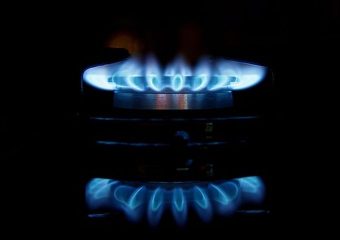 With great pleasure, it was announced that Renault-Nissan Alliance was the official partner of COP 21 in Paris. Thanks to Alliance’s fleet, consisted of 100% electric vehicles, we could contribute to our goal of providing CO2 neutral event. The technology of electric cars effectively helps to reduce greenhouse gas emissions in the transport sector. The Renault-Nissan Alliance signed in May 2015 a partnership agreement with the General Secretary in charge of the preparation and organization of the 21st annual Conference of parties to provide a fleet of 200 all-electric vehicles to shuttle delegates during the event from November 30 to December 11. More than 20,000 UN participants from 195 countries were expected to attend the annual climate summit. This was the first time that the UN member states will use the entire fleet of transportation vehicles with zero emission during all COP events. The goals of the Parisian summit were the creation and implementation of new global climate-change agreement on climate change by the end of 2015 as well as the implementation of the Climate Green Fund, established to assist developing countries in adapting to climate change and emissions reduction, through fund allocation. With great pleasure, we announce that Renault-Nissan Alliance was the official partner of COP 21 in Paris. Thanks to Alliance’s fleet, consisted of 100% electric vehicles, we could contribute to our goal of providing CO2 neutral event.
With great pleasure, it was announced that Renault-Nissan Alliance was the official partner of COP 21 in Paris. Thanks to Alliance’s fleet, consisted of 100% electric vehicles, we could contribute to our goal of providing CO2 neutral event. The technology of electric cars effectively helps to reduce greenhouse gas emissions in the transport sector. The Renault-Nissan Alliance signed in May 2015 a partnership agreement with the General Secretary in charge of the preparation and organization of the 21st annual Conference of parties to provide a fleet of 200 all-electric vehicles to shuttle delegates during the event from November 30 to December 11. More than 20,000 UN participants from 195 countries were expected to attend the annual climate summit. This was the first time that the UN member states will use the entire fleet of transportation vehicles with zero emission during all COP events. The goals of the Parisian summit were the creation and implementation of new global climate-change agreement on climate change by the end of 2015 as well as the implementation of the Climate Green Fund, established to assist developing countries in adapting to climate change and emissions reduction, through fund allocation. With great pleasure, we announce that Renault-Nissan Alliance was the official partner of COP 21 in Paris. Thanks to Alliance’s fleet, consisted of 100% electric vehicles, we could contribute to our goal of providing CO2 neutral event.
Solutions COP21
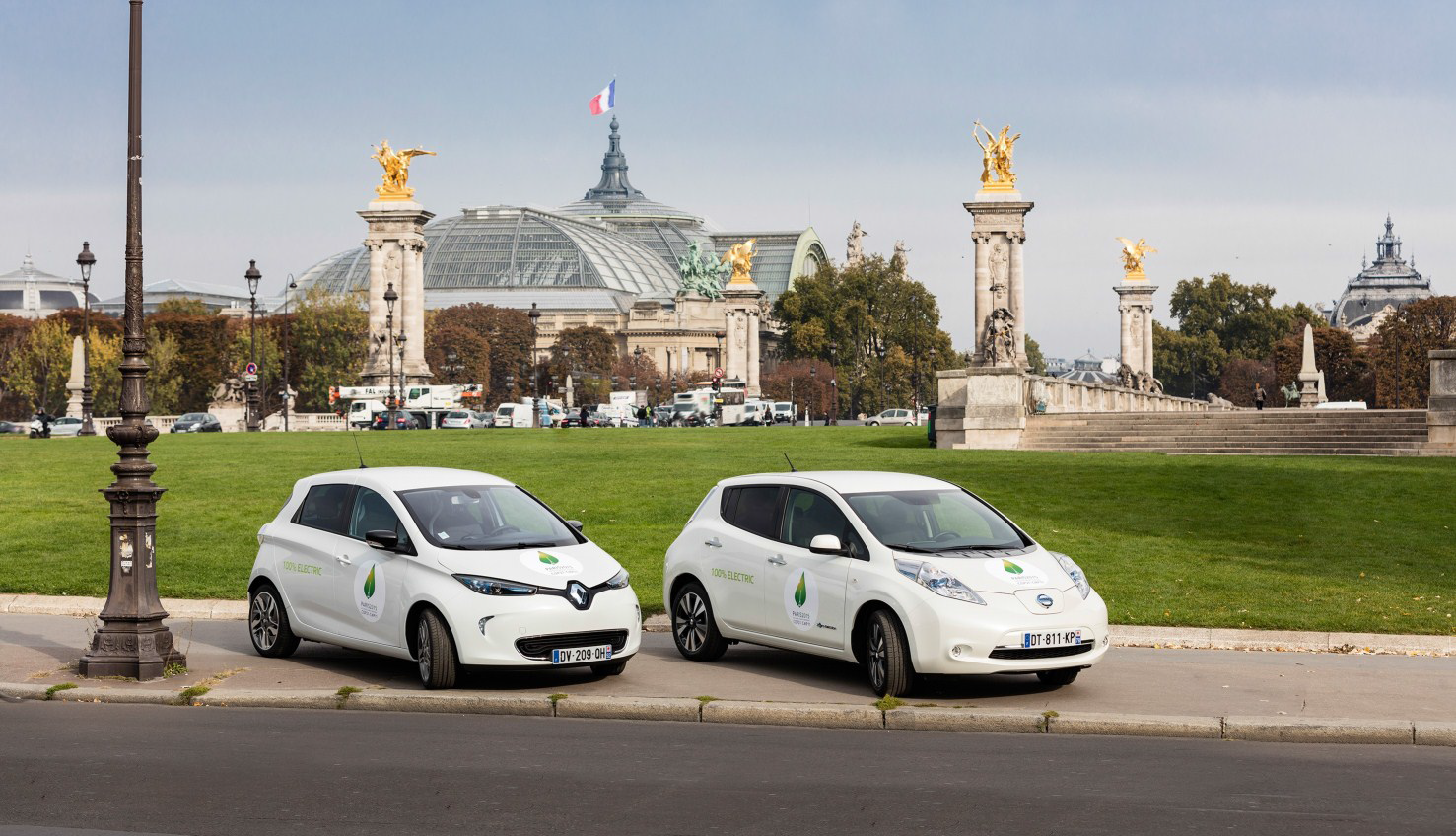 The Renault Nissan Alliance was also participant in Solutions COP21, an international exhibition on climate change solutions, at the Grand Palais in Paris. The exhibition, which was organizes from 4 to 10 December 2015 was featured CO2 solutions from cities, businesses and other organizations around the world. In addition to an EV display, the Alliance will have more than 10 EVs available for the public.
The Renault Nissan Alliance was also participant in Solutions COP21, an international exhibition on climate change solutions, at the Grand Palais in Paris. The exhibition, which was organizes from 4 to 10 December 2015 was featured CO2 solutions from cities, businesses and other organizations around the world. In addition to an EV display, the Alliance will have more than 10 EVs available for the public.
www.renault.rs



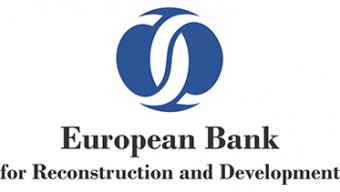 The European Bank for Reconstruction and Development will conduct a final review of the project for the restructuring of Albanian Power Corporation (KESH sh. a.) and the energy sector of Albania in general with focus on sector management and operational efficiency. The international financing institution’s project summary document said loan proceeds will be used to refinance and lengthen the tenors of short-term sovereign guaranteed overdrafts which KESH has entered into with commercial banks on an emergency basis and require annual reapproval, perpetuating a liquidity crisis as well as uncertainty and instability. The sovereign guaranteed loan of EUR 218 million will be divided into two tranches. Involvement of commercial banks for co-financing will be explored, mainly for the second tranche. The full amount of the proceeds will be applied to refinancing short-term debt. The loans were necessary to alleviate critical cash shortages created by hydrology conditions and sector organization, the document adds. The reforms aim to include KESH’s corporate governance, market practices and regional trade. The refinancing of the balance sheet should lengthen tenors and relieve the utility of urgent liquidity concerns, EBRD stated.
The European Bank for Reconstruction and Development will conduct a final review of the project for the restructuring of Albanian Power Corporation (KESH sh. a.) and the energy sector of Albania in general with focus on sector management and operational efficiency. The international financing institution’s project summary document said loan proceeds will be used to refinance and lengthen the tenors of short-term sovereign guaranteed overdrafts which KESH has entered into with commercial banks on an emergency basis and require annual reapproval, perpetuating a liquidity crisis as well as uncertainty and instability. The sovereign guaranteed loan of EUR 218 million will be divided into two tranches. Involvement of commercial banks for co-financing will be explored, mainly for the second tranche. The full amount of the proceeds will be applied to refinancing short-term debt. The loans were necessary to alleviate critical cash shortages created by hydrology conditions and sector organization, the document adds. The reforms aim to include KESH’s corporate governance, market practices and regional trade. The refinancing of the balance sheet should lengthen tenors and relieve the utility of urgent liquidity concerns, EBRD stated.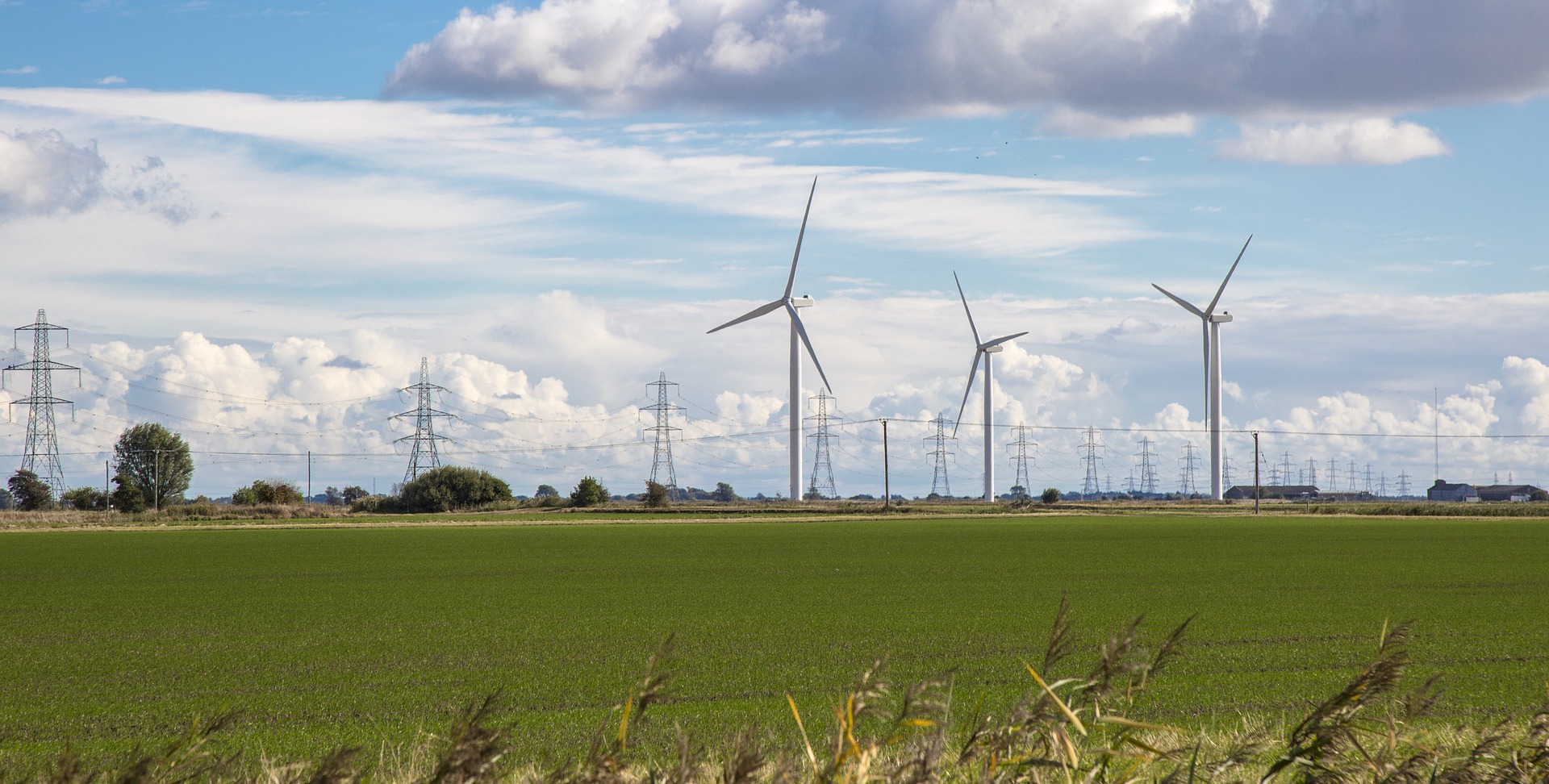
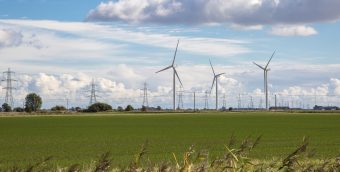
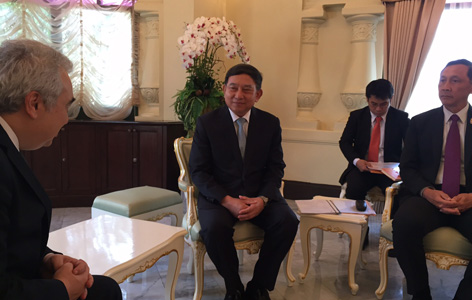
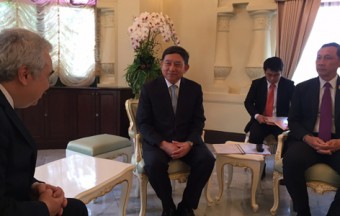 The International Energy Agency (IEA) and Thailand today launched a centre to consolidate high-quality, accurate and comprehensive energy information. Thailand’s Vice Minister of Energy, Nattipon Kanokchot, and IEA Executive Director Fatih Birol unveiled the Thailand Energy Information Centre in Bangkok during an inauguration ceremony attended by high-level government officials, industry executives and members of the diplomatic corps. During the event, deep gratitude was expressed for the IEA’s strong support for Thailand. While Thailand’s energy data are considered by the IEA to be among the best in Southeast Asia, further efforts through the centre to improve energy data and information will facilitate better energy policy making in the country. To connect the work of the centre to the IEA’s efforts to enhance global co-operation on energy data and statistics, the IEA’s Chief Statistician will take an advisory role as a member of the centre’s steering committee. “I am delighted that Thailand – which became an Associate member country of the IEA in 2015 – invited us to be a partner in the Thailand Energy Information Centre,” said Dr. Birol.
The International Energy Agency (IEA) and Thailand today launched a centre to consolidate high-quality, accurate and comprehensive energy information. Thailand’s Vice Minister of Energy, Nattipon Kanokchot, and IEA Executive Director Fatih Birol unveiled the Thailand Energy Information Centre in Bangkok during an inauguration ceremony attended by high-level government officials, industry executives and members of the diplomatic corps. During the event, deep gratitude was expressed for the IEA’s strong support for Thailand. While Thailand’s energy data are considered by the IEA to be among the best in Southeast Asia, further efforts through the centre to improve energy data and information will facilitate better energy policy making in the country. To connect the work of the centre to the IEA’s efforts to enhance global co-operation on energy data and statistics, the IEA’s Chief Statistician will take an advisory role as a member of the centre’s steering committee. “I am delighted that Thailand – which became an Associate member country of the IEA in 2015 – invited us to be a partner in the Thailand Energy Information Centre,” said Dr. Birol.
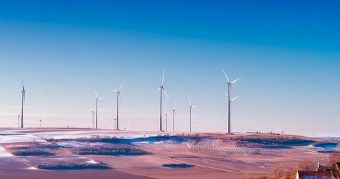
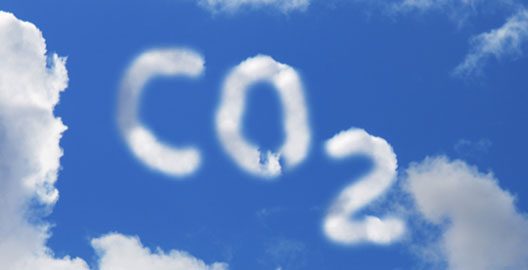
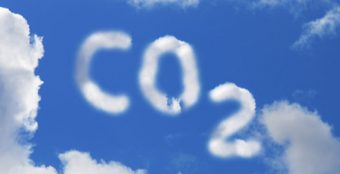
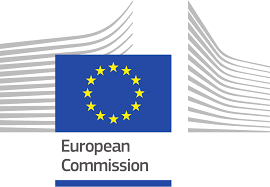

 The call for submissions for the 3rd annual “Good Practice of the Year” award is now open! The Renewables Grid Initiative
The call for submissions for the 3rd annual “Good Practice of the Year” award is now open! The Renewables Grid Initiative 
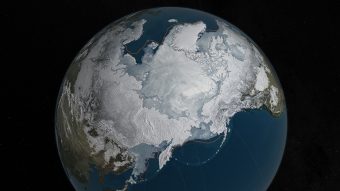
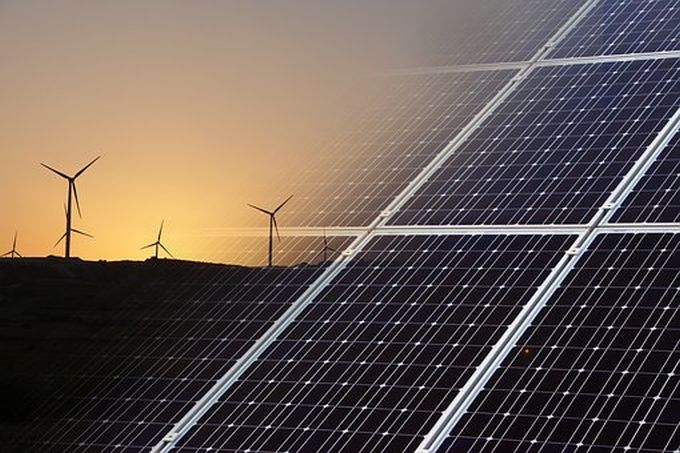
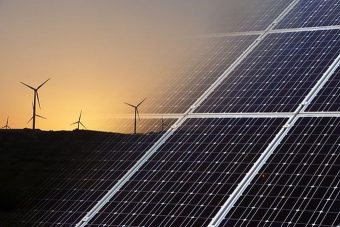
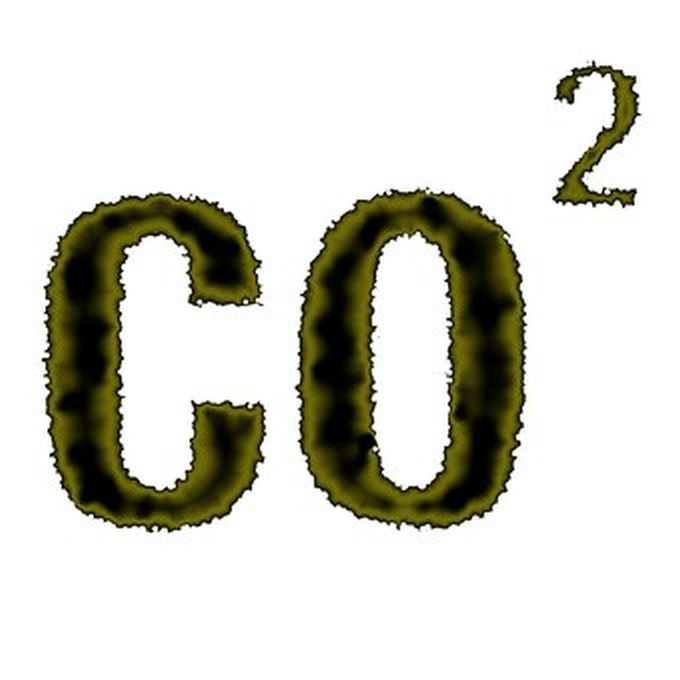
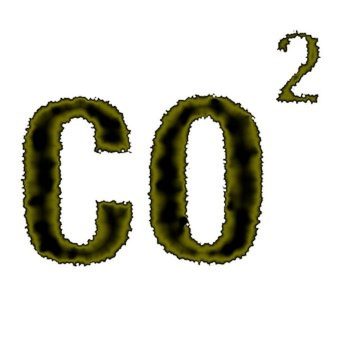



 Vladimir Bošković: Serbia as a country with limited energy resources has a lot of potential for saving, and improvement of energy efficiency is one of precondition for energy stability of the country as well as the economy in general. The energy sector became the most profitable and the most attractive sector for investment long time ago, and according to estimations of international financial institutions it will become the sector which will denote the following decades in global economy alongside with griculture. Given the current active experience in funding the area of energy efficiency and renewable energy resources, Sberbank Serbia in its offer has all models necessary for financing the projects in this area thus giving concrete contribution to environmental protection. In cooperation with KfW (German Development Bank), we have invested more than 10 million EUR in more than 400 projects from earmarked credit line for the improvement of energy efficiency so far. By measuring concrete output our contribution expressed in units of measurement is nearly 20 million kWh per year of energy savings, as well as CO2 emission in the mount of 11 million tons per year.
Vladimir Bošković: Serbia as a country with limited energy resources has a lot of potential for saving, and improvement of energy efficiency is one of precondition for energy stability of the country as well as the economy in general. The energy sector became the most profitable and the most attractive sector for investment long time ago, and according to estimations of international financial institutions it will become the sector which will denote the following decades in global economy alongside with griculture. Given the current active experience in funding the area of energy efficiency and renewable energy resources, Sberbank Serbia in its offer has all models necessary for financing the projects in this area thus giving concrete contribution to environmental protection. In cooperation with KfW (German Development Bank), we have invested more than 10 million EUR in more than 400 projects from earmarked credit line for the improvement of energy efficiency so far. By measuring concrete output our contribution expressed in units of measurement is nearly 20 million kWh per year of energy savings, as well as CO2 emission in the mount of 11 million tons per year.
